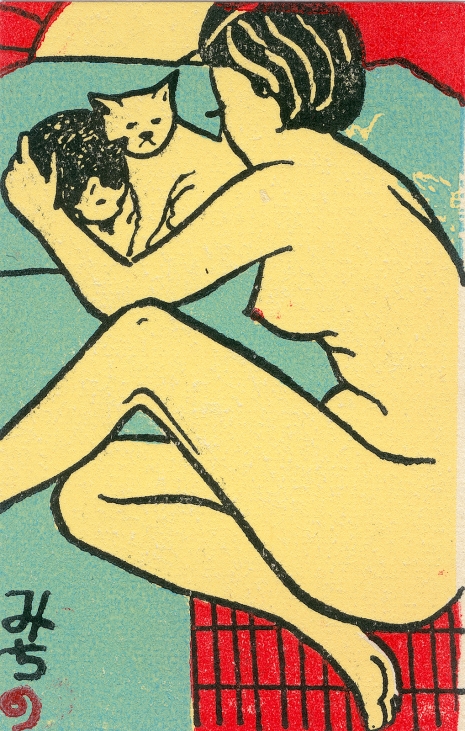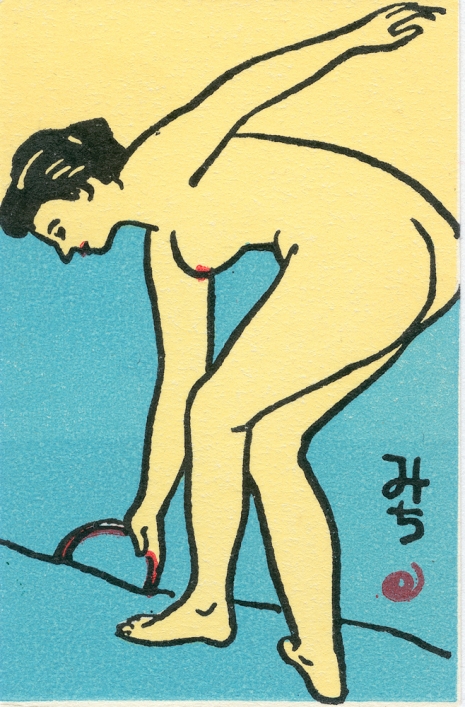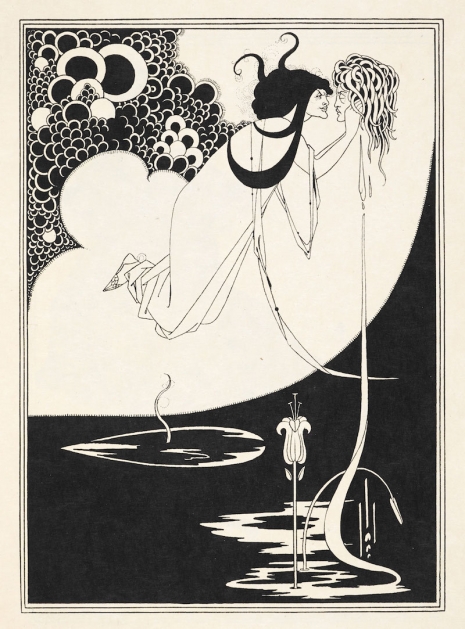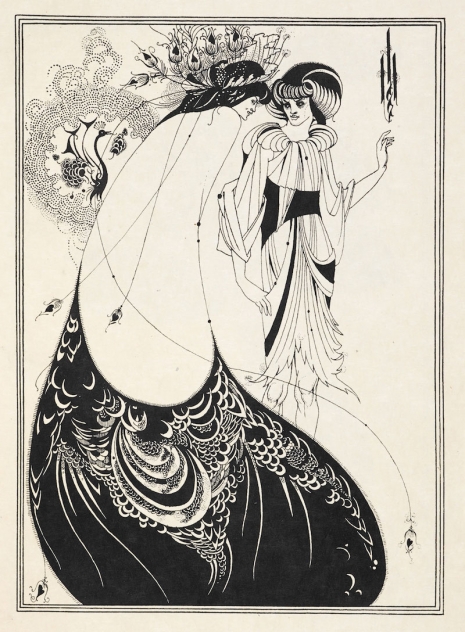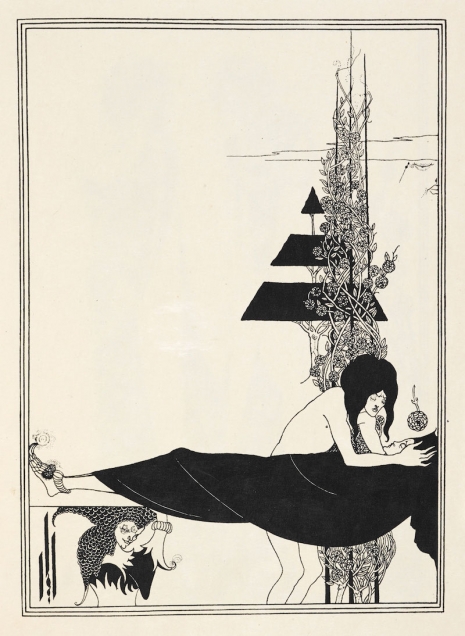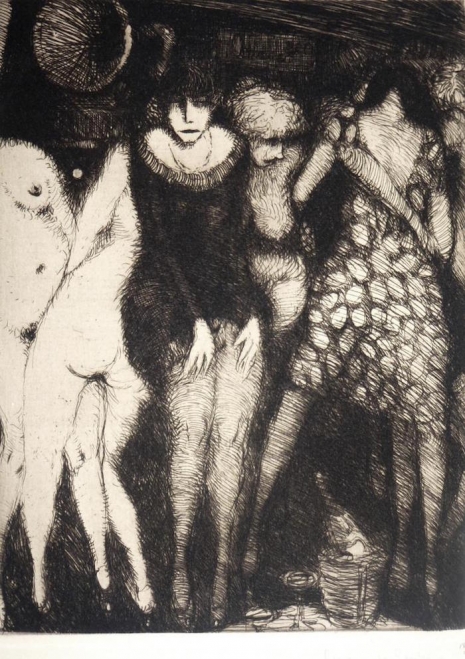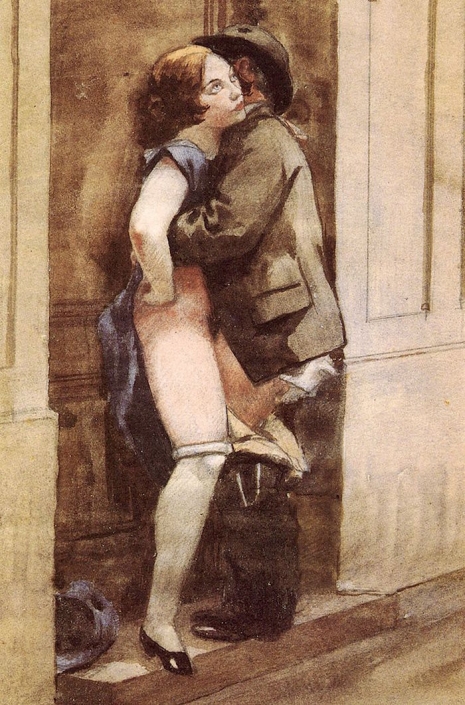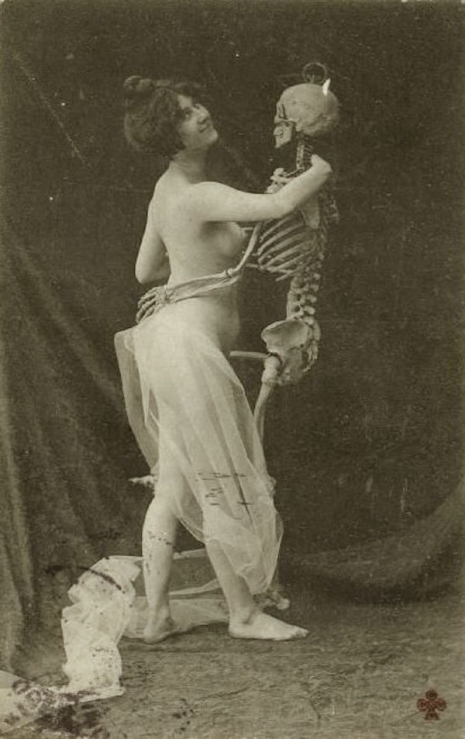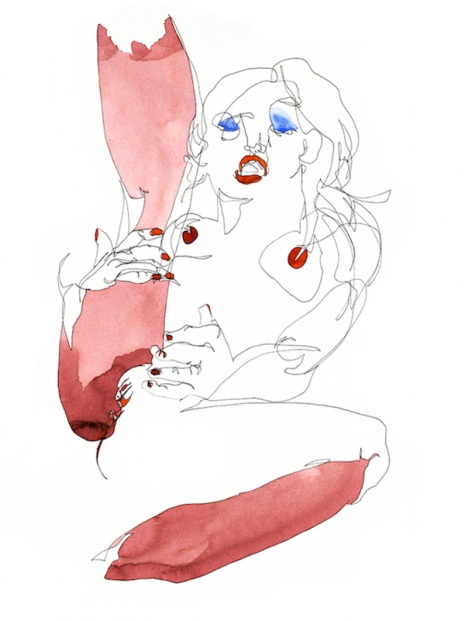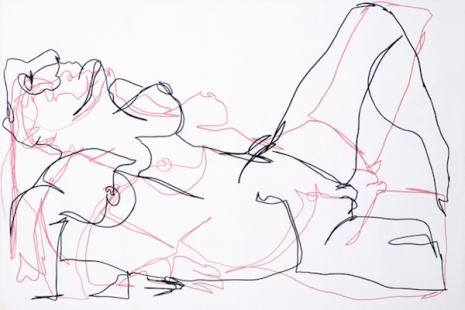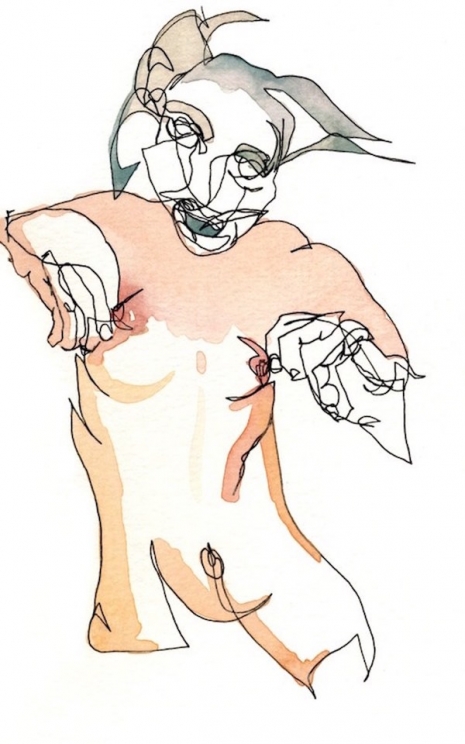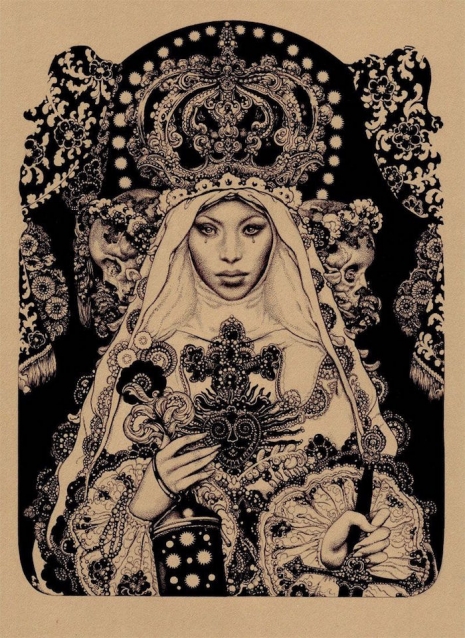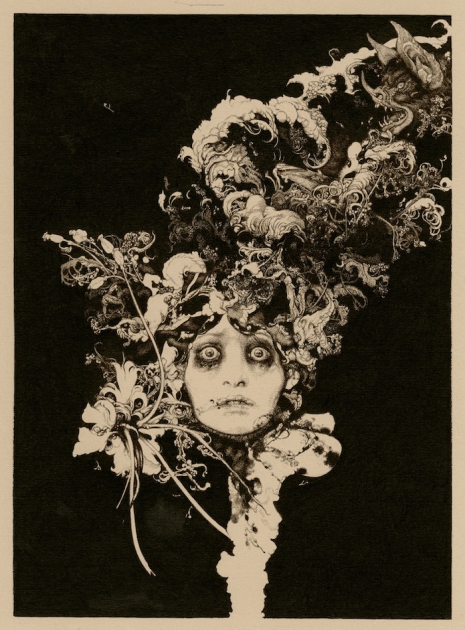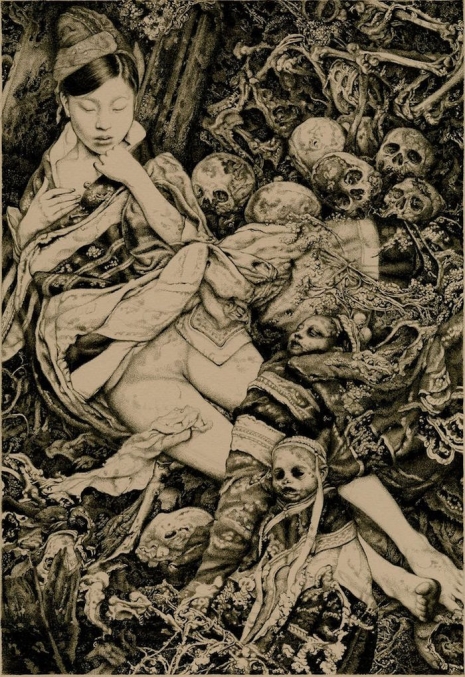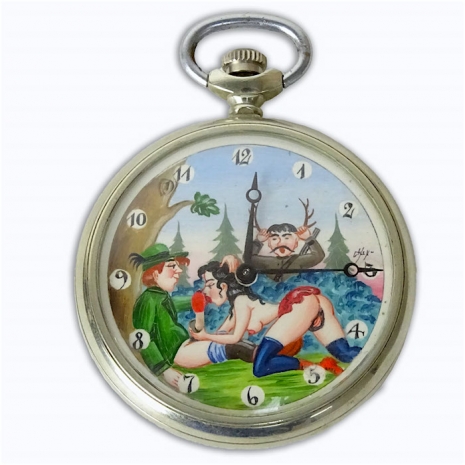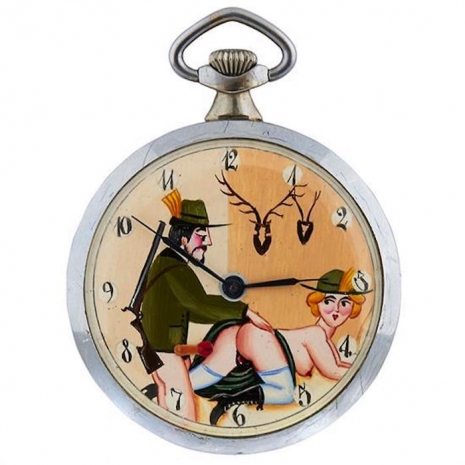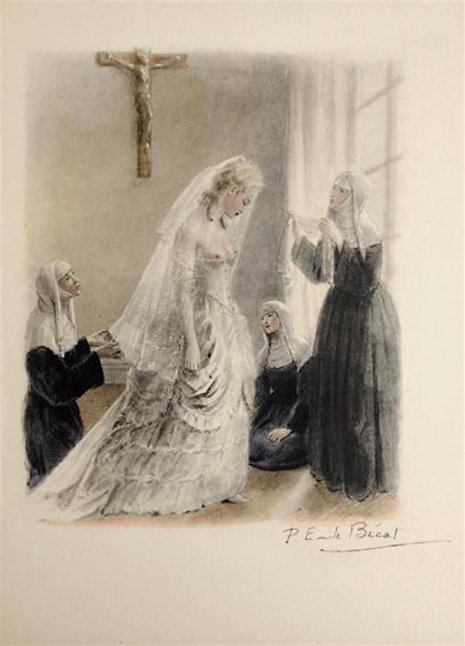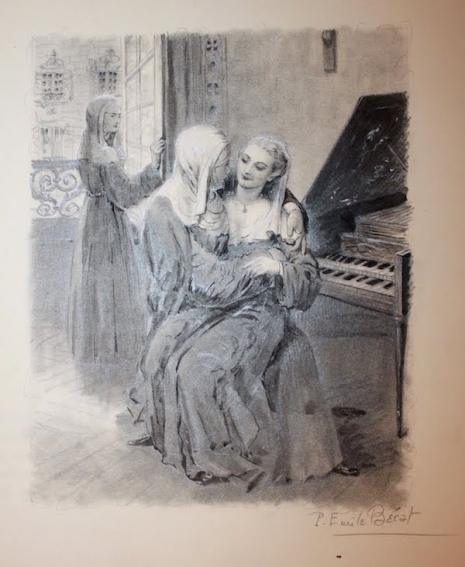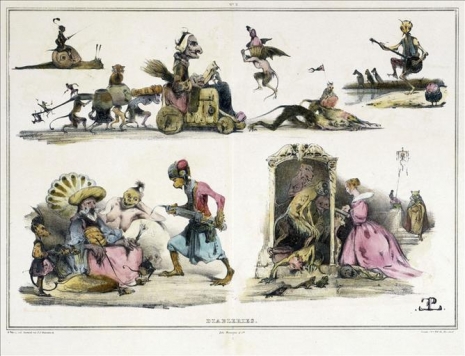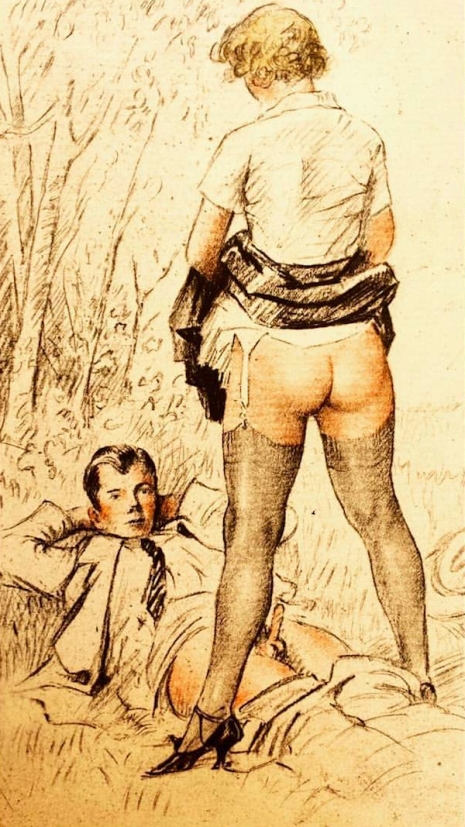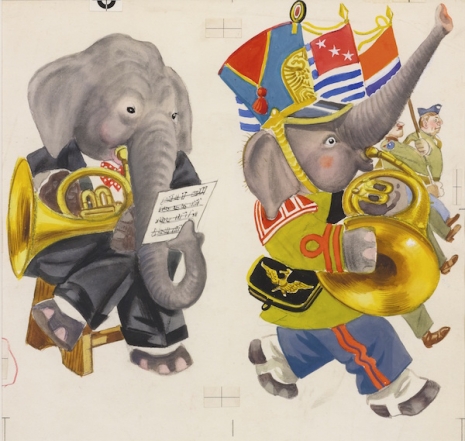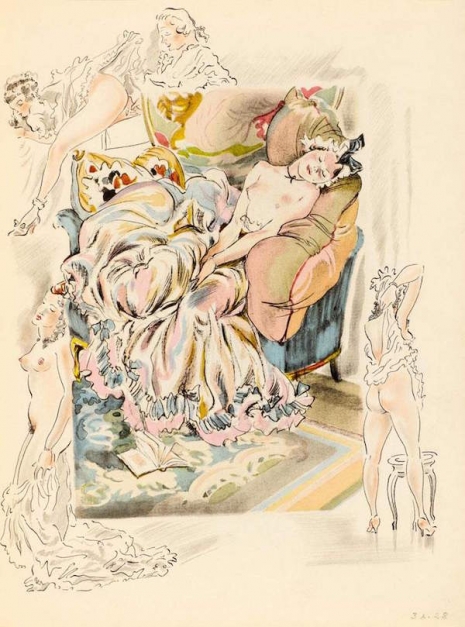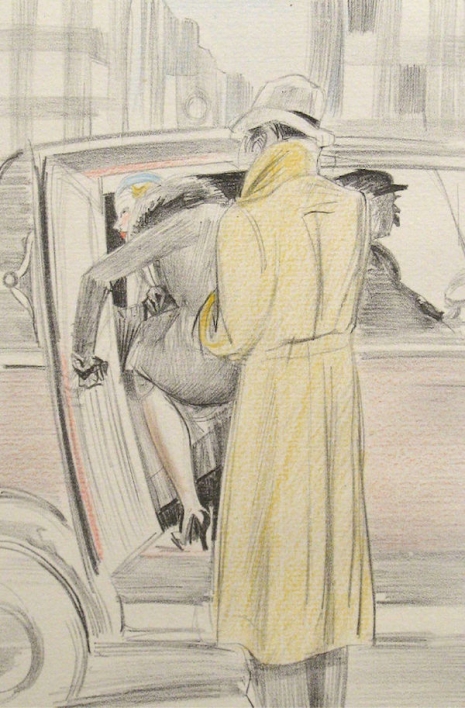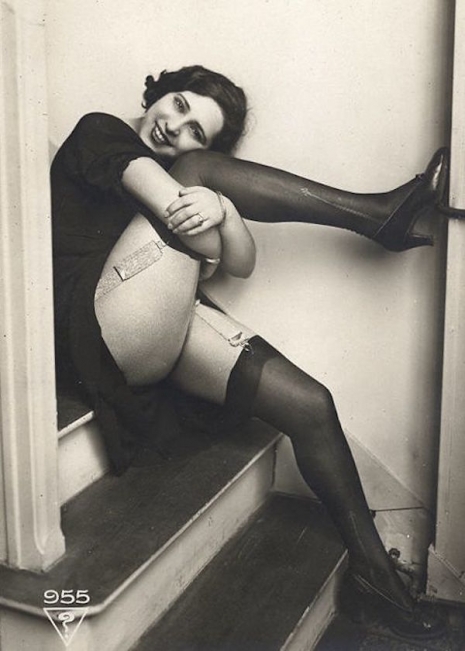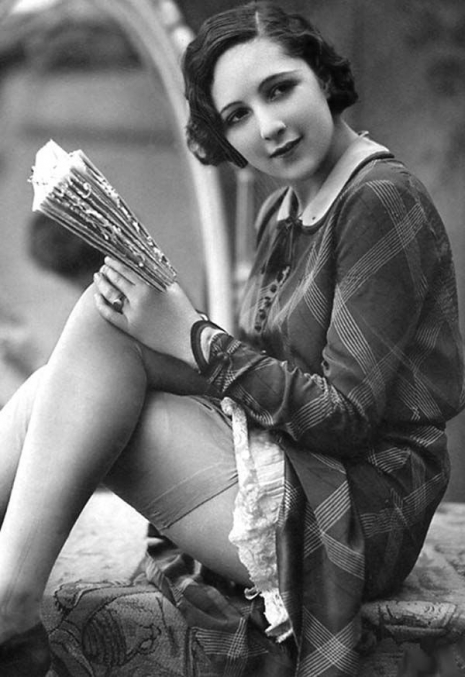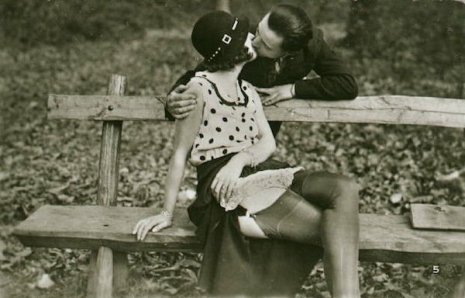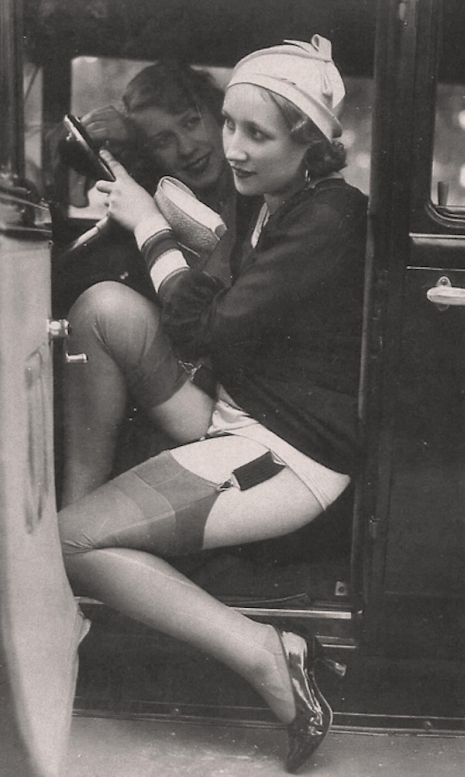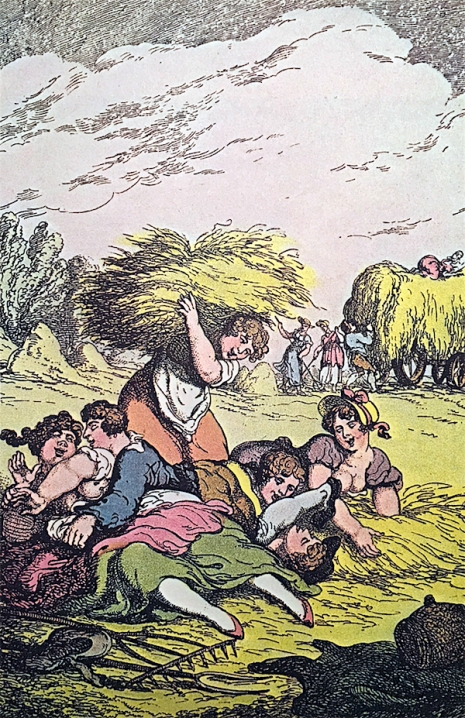
Thomas Rowlandson (1756-1827) was an artist and caricaturist whose work poked fun at the mores, politics, and attitudes of Georgian England. Highly feted in his day, Rowlandson’s work, in particular his erotic etchings tickled the fancy of the Prince Regent—the heir to the throne or as he was later known King George IV. What kind of erotica Rowlandson supplied to dear old Georgie, we will never quite know as (sadly) the bulk of his porny prints were later destroyed by the prim Queen Victoria. Any saucy pix that do remain are (unfortunately) kept under lock and key at the present monarch’s (QEII) private collection at Windsor—though 962 of Rowlandson’s etchings and paintings held in the Royal Collection can be viewed online.
What little is known of Rowlandson comes mainly from his obituary as published at the time of his death and a few anecdotes about his early life recalled in memoirs by fellow artists and those who bought/liked/documented his work. Born in Old Jewry, in the City of London, Rowlandson was the son of a weaver. His father became a trader in the City, but he was soon bankrupted and took his family out of London to Yorkshire in the north of England. Rowlandson’s mother died when he was very young—not more than an infant—and his childhood may have been ruinous had not one relative (an uncle) died leaving funds for his education. The pattern of poverty and good fortune recurred in Rowlandson’s life and was more than apparent on the city streets where the working class and a world of crime and vice, drunkenness and licentiousness rubbed along with lords and ladies, soldiers and priests.
Rowlandson returned to London where he attended a school in Soho Square. He apparently showed considerable aptitude for drawing—his schoolbooks were filled with sketches and caricatures of school friends and teachers. Around 1772, or thereabouts, he attended the Royal Academy studying painting and drawing. He traveled to Paris where he lived for three years before returning to London where he exhibited his paintings. On the death of his aunt, he inherited a small fortune (£7,000 apparently) which was quickly squandered on women, drink, and gambling.
Once more in poverty, Rowlandson was encouraged by friends to seek a career as a caricaturist producing work for books (Tobias Smollett and Laurence Sterne), magazines, and private collectors. He worked in pen, ink, and watercolor. These pictures were then engraved to make etchings and hand-colored. During his lifetime, he produced over 10,000 etchings and illustrated some 70 books. He also wrote and illustrated his own books starting with Tour of Dr Syntax in Search of the Picturesque in 1812. His work proved highly successful and Rowlandson has been rightly described as “one of the most talented British draftsmen, unsurpassed in his expressive flowing sinuous lines, and tactical use of watercolor.”
The magnificence in his pen and ink work is easily seen in his drawings across the genres of his career. His contemporaries were William Blake, known for his poetry and mysticism, and William Hogarth, for his extensively detailed satirical drawings. Among them, Rowlandson is incomparable in his relaxed, playful creation of renderings and his genius graphic placement of color.
He met life head-on considering it an adventure to be gained:
He was deeply involved: an infamous gambler, a big drinker, ribald, loud, laughing—a big man in many ways. He came right up close against the world, and chose to stay there—all the better to feel it live and grow and change, and ultimately to die. That is what his art is all about: the world of England, especially the boisterous London of George III and the Regency from the late eighteenth century up until his death just ten years before Queen Victoria ascended the throne.
His work is filled with an “abounding and insatiable gusto of enjoyment”:
His gift was a “kind of running fountain, purveyor of laughter to the average man,” with a piquant taste for variety and an almost unboundable sense of energy for provoking both mockery and mirth. As W.H. Pyne wrote shortly after Rowlandson’s death in 1827, “He has covered with his never-flagging pencil enough of charta pura to placard the whole walls of China, and etched as much copper as would sheath the British Navy.”
Rowlandson produced a considerable amount of erotica for private collectors including royalty, most of which “is now hidden away in Windsor Castle, among what is known as the George IV collection.”
It is no secret that Thomas produced for the same royal patron a series of drawings “notoriously of free tendency as regards subject.” ...Rowly spent much of his play-time in the famous pleasure palaces of London, particularly the Vauxhall, and the unrestrained life in those centers gave him inspiration for many curious and effective erotic pictures.
Some (like fellow caricaturist George Cruikshank) felt Rowlandson squandered his talent and “had suffered himself to be led away from the exercise of his legitimate subjects, to produce works of a reprehensible tendency.” Whether true or not (too much of his work has been lost or is held in private collections to know for sure), Rowlandson’s erotic caricatures are some of the finest ever produced with their mix of a shared world of unspoken experience and a scathing sense of humor. Rowlandson understood human desire and its attendant frailties. But we can only guess as to what King George IV found so pleasurable about his work.
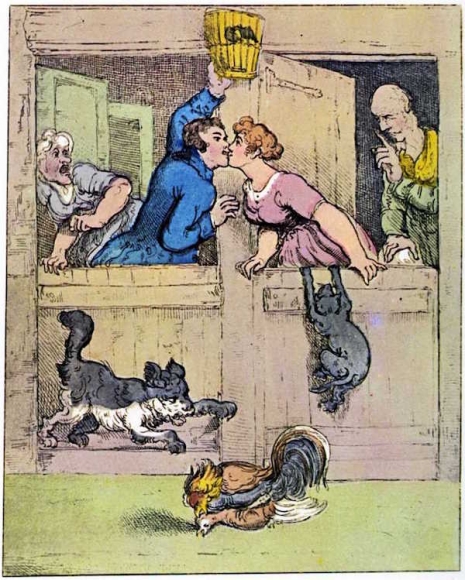

View a selection of Rowlandson’s erotic caricatures, after the jump…







